All You Need To Know: Is Seaweed Keto? + Recipes!
Primal Edge Health participates in the Amazon Services LLC Associates Program and other affiliate programs and therefore, may collect a share of sales or other compensation from the links on this page. This comes at no additional cost to you, and all the prices and availability are accurate at the time of publishing.
Are you following a keto diet and wondering whether seaweed can be included in your meal plan? The question “Is seaweed keto?” is common among those on a low-carb, high-fat diet, and the answer may surprise you. Keep reading to learn more about the keto-friendliness of seaweed and how you can incorporate this nutrient-rich superfood into your keto meals.
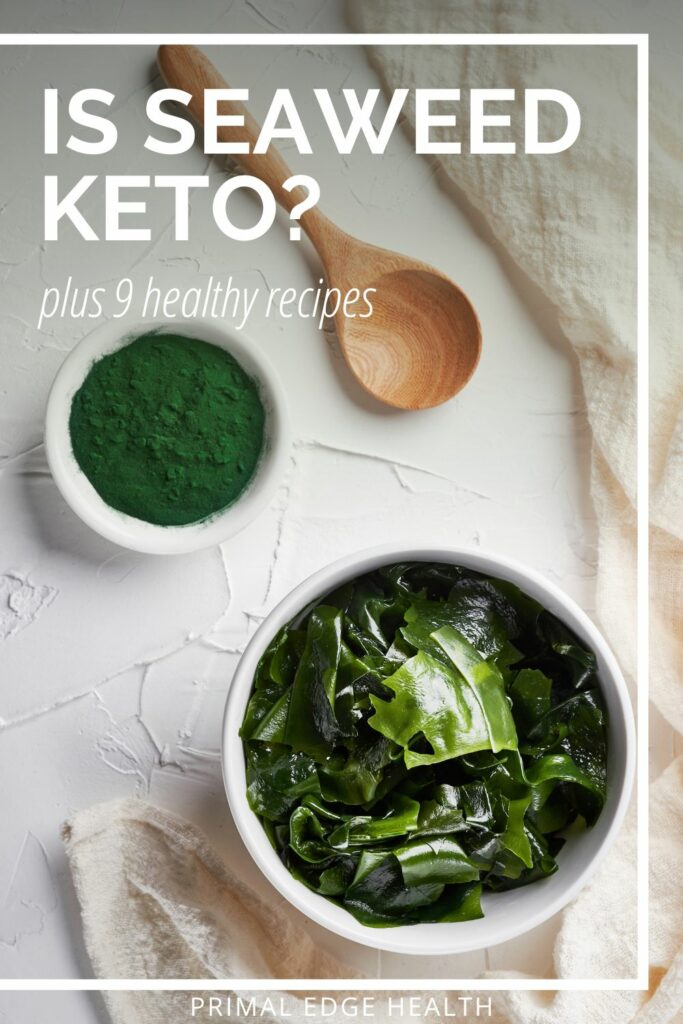
Table of Contents (click to view)
Exploring the Benefits of Seaweed on a Keto Diet
The keto or ketogenic diet is a popular low-carb, high-fat eating plan known for its weight loss and health benefits. By lowering carbohydrate intake and increasing fat consumption, the body enters a state of ketosis, burning fat instead of glucose for energy. For this reason, tracking macros and being aware of daily carbohydrate intake is a main feature of the diet.
Seaweed is a type of marine algae consumed for centuries in many cultures and Asian countries worldwide. There are many varieties and textures, some are fine to eat raw, while others are best cooked.
Seaweed is a low-calorie food with low total carbs and grams of net carbohydrates. It’s also a source of minerals like iodine, magnesium, calcium, vitamin A, vitamin C, and vitamin K. These nutrients are essential for maintaining a healthy body.
Generally, it’s best to source nutrition from whole foods rather than supplementation. Iodine, in particular, can be a hard nutrient to receive enough of in the modern diet, so eating seaweed regularly may be a big help if you’re struggling to maintain adequate iodine levels.
Be cautious about flavored seaweed snacks. Review the ingredient list thoroughly and avoid buying them from grocery stores if they contain added sugars or carbs that can derail your keto goals. Read labels and choose the best choice low in grams of carbs and free from added sugars.
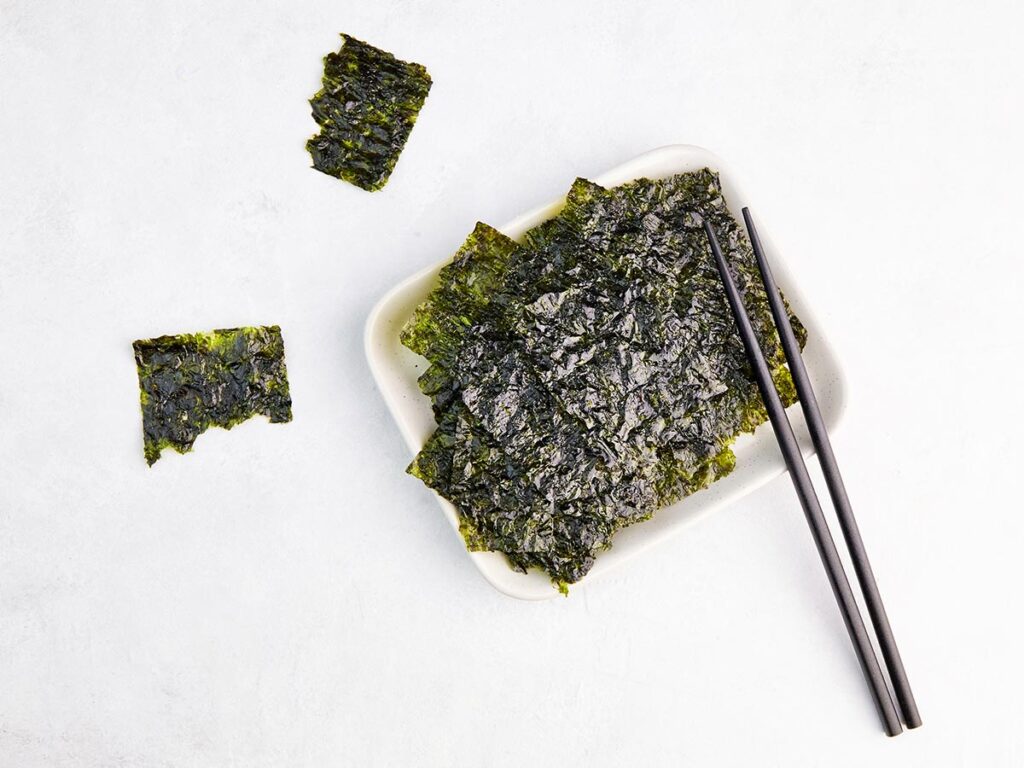
Different Types of Seaweed and Their Nutritional Value
Seaweed comes in many different varieties, each with their own unique nutritional properties.
While not all seaweed is edible, many are very delicious. Typically found on sea shorelines around the rocks or in sheltered waters, seaweeds are harvested during low tide. They are categorized based on their pigments, cell structure, and other traits.
- Green algae such as sea lettuce
- Brown algae such as kombu, bladderwrack, kelp, and wakame
- Red algae such as dulse, Irish moss, and nori
- Blue-green algae such as spirulina and chlorella
Here are some of the most common seaweed types and their nutritional breakdown:
- Nori – A red algae commonly used to make sushi rolls (perfect for your sushi craving!). It is low in calories and carbs, with just 1 gram of net carbs per sheet.
- Wakame – A type of brown seaweed used in soups and salads. It is low in calories and carbs, with just 0.2 grams of net carbs per 100 grams.
- Kelp – A brown seaweed often used in supplements and health products or sold in a powder made to sprinkle over food and add to broth. It is low in calories but can be higher in carbs than other types of seaweed, with around 2 grams of net carbs per 100 grams. Still very keto-friendly.
- Dulse – A red seaweed often used as a seasoning or snack. It is low in calories and carbs, with just 0.3 grams of net carbs per 100 grams.
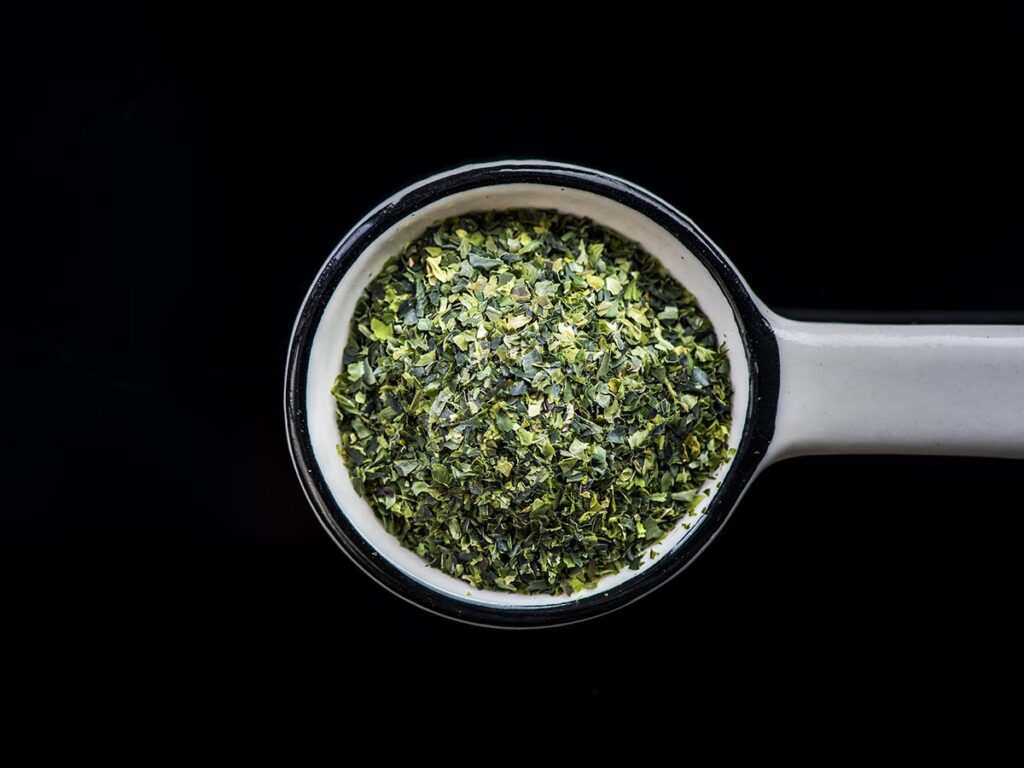
Portion Control: How Much Seaweed Can You Eat on a Keto Diet?
While seaweed is generally a keto-friendly food, it’s important to consider portion sizes when incorporating it into your diet.
A typical serving size for seaweed snacks is about 10 grams, which contains around 1 gram of net carbs. If you’re using whole seaweed in your cooking or as a side dish, aim for a portion size about the size of your palm.
When purchasing seaweed products, look for minimally processed options free from added sugars or other non-recommended ingredients. Some seaweed products, particularly flavored snacks, may contain added sugars, food additives like MSG, or other high-carb ingredients that are best to avoid.
Read the label carefully and choose a minimally processed product with zero added sugar. Sticking to plain, unflavored seaweed snacks or using whole seaweed in your cooking and meal prep are the best options.
Possible Impact of Seaweed’s Iodine Content on the Keto Diet
While iodine is essential for healthy thyroid function and metabolism, too much iodine can interfere and be detrimental. Seaweed is particularly high in iodine, so it’s important to be mindful of your overall intake and avoid thyroid problems.
The recommended daily intake of iodine for adults is around 150 micrograms, but some types of seaweed can contain much higher levels. If you’re consuming seaweed regularly, consider tracking your iodine intake to ensure you’re not overdoing it.
In conclusion, while seaweed is healthy and keto-friendly, portion control is key. Be mindful of added sugars and high-carb ingredients in seaweed products, aim for appropriate portions, and be aware of your overall iodine intake.
You can enjoy numerous health benefits by incorporating seaweed in moderation without compromising your keto goals.
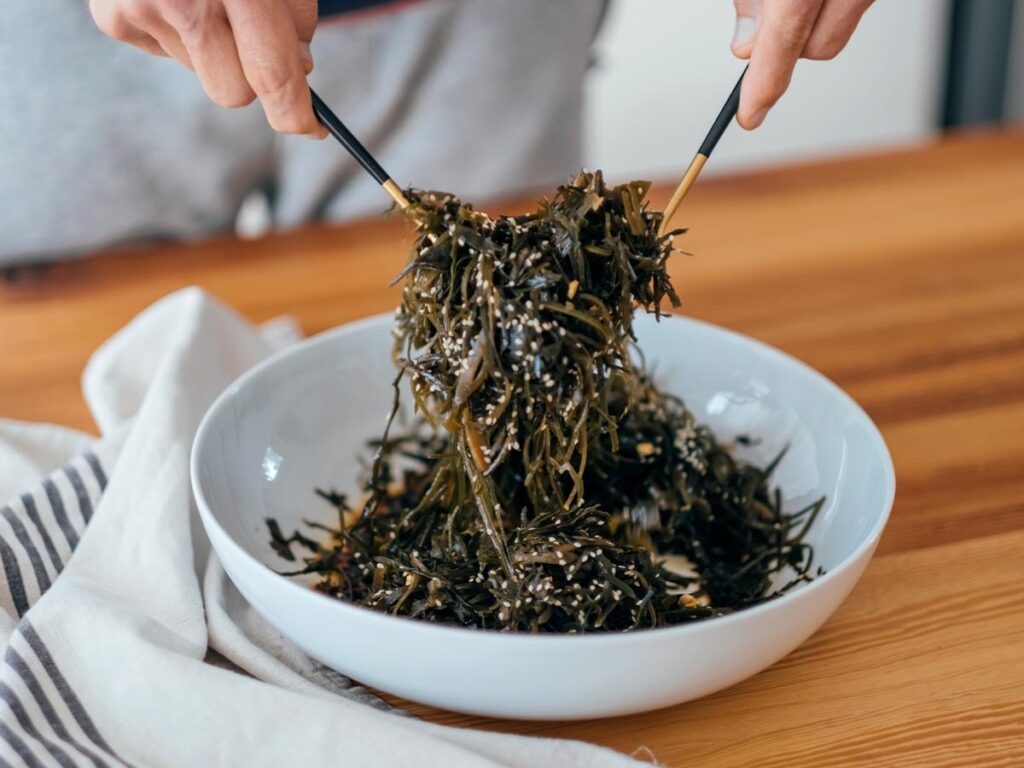
Tips for Cooking with Seaweed: How to Use It in Your Favorite Keto Recipes
Seaweed can add a unique flavor and texture to your keto meals and snacks, but it’s important to know how to select and prepare it properly.
When using whole seaweed in your cooking, rinse it thoroughly in cold water and remove any excess salt or sand.
Shruthi from Urban Farmie notes, “Seaweed is a great way to add umami flavor to many foods! Nori, a dried seaweed often used to wrap sushi, can also be an excellent substitute for anchovies in dishes like Caesar salad.”
Here are some delicious and keto-friendly recipes to get you started:
- Add it to classic soups like Miso Soup and Egg Drop Soup or give a unique twist to others like Creamy Avo Soup
- Infuse seaweed and sea salt into slow-cooker bone broth
- Use it as a wrap for sushi with cauliflower rice and spicy mayo or other fillings like salmon and summer squash
- Make a salad with seaweed, avocado, cucumber, and sesame seeds or test the classic Japanese seaweed salad, but use a keto-friendly soy sauce or a splash of coconut aminos
- Enhance a simple casserole dinner with different varieties of seaweed for an easy keto meal
- Add garnish to a cheese omelette, scrambled egg cups, or other favorite egg-based dishes
- Add blue-green algae to chocolate in these Spirulina Chocolate Bites
Be creative and experiment until you find your favorite type of seaweed to find the most flavors and textures you enjoy.
Key Takeaways: What You Need to Know About Seaweed and the Keto Diet
In conclusion, seaweed can be a nutritious and tasty addition for keto dieters. Its low-carb, high-fiber properties and unique nutritional value make it a good option for a ketogenic lifestyle.
However, it’s important to be mindful of portion sizes and potential iodine intake and avoid highly processed snacks with added sugar.
By following these guidelines and incorporating seaweed into keto-friendly recipes, you can safely enjoy the health benefits of seaweed as part of a healthy and balanced diet.


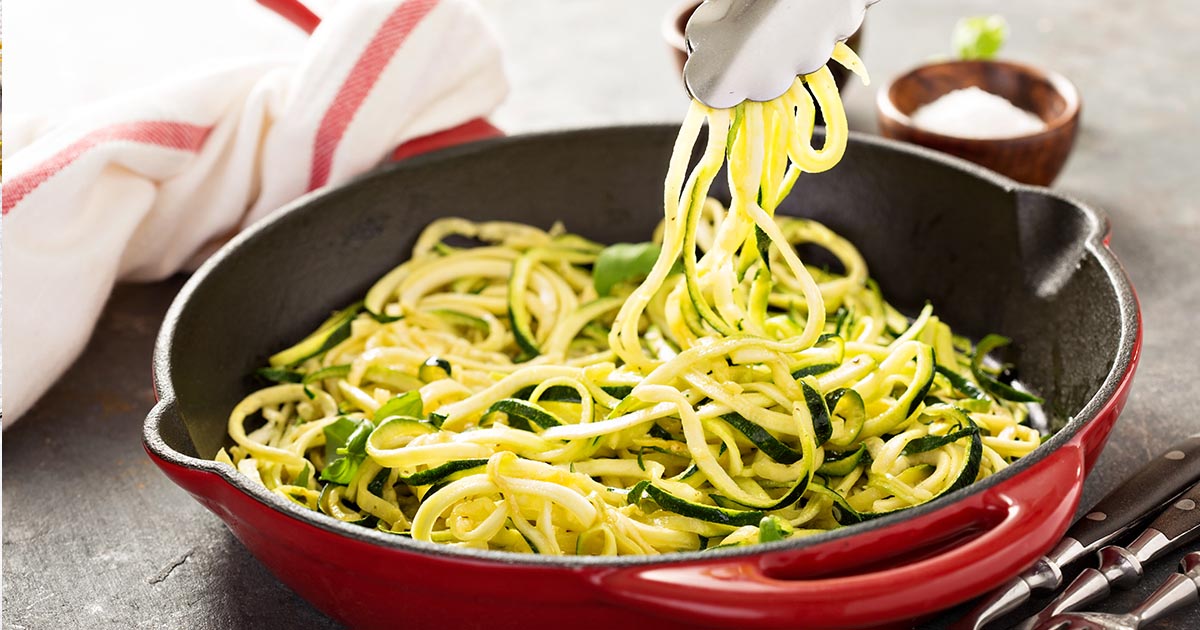




I’ve never been big on leafy greens like spinach and lettuce, but I’m so glad to hear that I can still enjoy seaweed and keep keto. I’m definitely saving the links for miso soup and soy sauce alternative!
Great choice to make the miso and keto soy sauce. I have lots of stir-fry recipes on the blog here too. You’ll be pleased to know there are many delicious keto Asian recipes to enjoy!